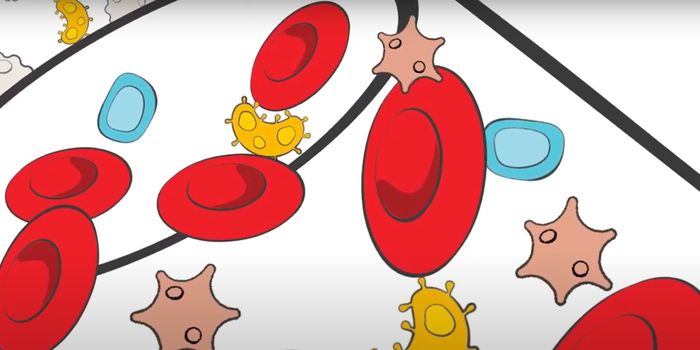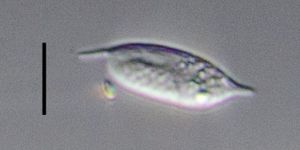You may have heard of cell transfection, a common technique used in molecular biology research and beyond. In this video, you get a nice look at the actual laboratory procedure being performed from start to finish, including an informative commentary about the process.
In this case, a GFP expression plasmid will be used to transfect HeLa cells. That means that a bit of genomic material of known function that contains the code for the green fluorescent protein will be put into the cells. Cell that pick up that genetic material, called a vector, will illuminate as green under a fluorescent microscope after transfection, as shown.
A special reagent is used to perforate the cell membrane so the vector can get into the cell. Once there, the cellular machinery will work as usual to translate the information on the vector. The cells can then be assayed in a variety of ways.
Aside from looking at them under a microscope, another reagent can be used to extract RNA from the cells. That RNA can then be used to make cDNA, which can subsequently be utilized to assay gene expression by RT-PCR. An alternative not shown here would be to extract protein instead of RNA and check the protein expression in the cells.








